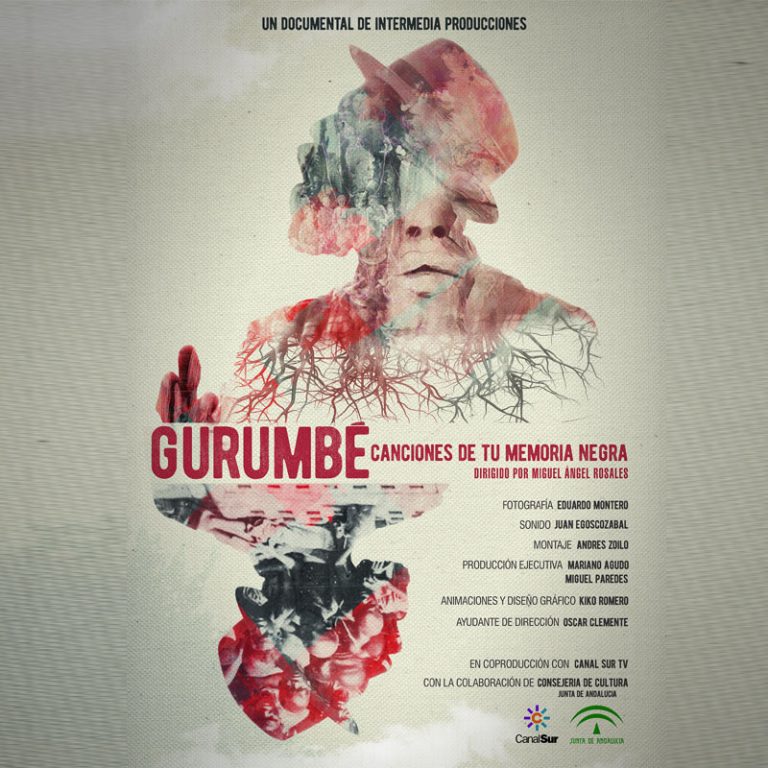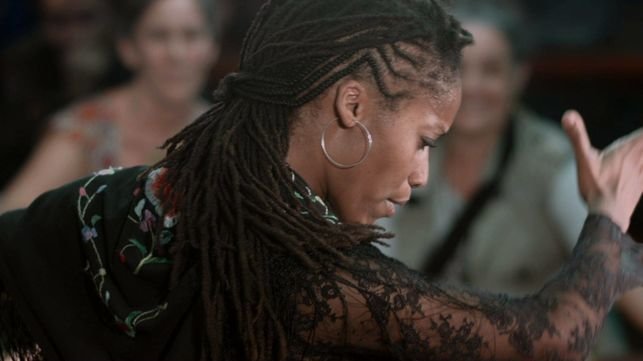With the commercial exploitation of the American colonies, thousands of Africans are brought to Seville to be sold as slaves. Some are exported to the colonies and others stay in the city. The latter form part of a population of Afro-Andalusians, who over time manage to gain space in a society wrought with racial prejudices, whilst dealing with their situation as slaves. Music and dance will be part of their expression and the most important affirmation of their identity. From the outskirts of cities like Seville and Cadiz they give shape to the popular music of the time, together with other marginalised communities such as the gypsies, moors and Andalusians on the cities’ peripheries. From the XIX century, the black population begins to disappear, partly being assimilated into parts of the community like that of the gypsies. In this same century we start to hear about a new type of music: Flamenco. Since its beginning theorists who have spoken about this art form have completely …
*****
Con la explotación comercial de América, miles de africanos son traídos a España y Portugal para ser vendidos como esclavos. Algunos serán exportados a las colonias y otros se quedarán en las ciudades. Estos últimos formarán una población que irá ganando su espacio en la sociedad, enfrentándose desde el principio a su situación de esclavos y a los fuertes prejuicios raciales. El documental rescata del olvido la historia de la esclavitud africana en la Península Ibérica, resaltando el protagonismo que, junto a otros colectivos marginales, tuvieron en nuestra historia y nuestra cultura.
With the commercial exploitation of the American colonies, thousands of Africans are brought to Seville to be sold as slaves. Some are exported to the colonies and others stay in the city. The latter form part of a population of Afro-Andalusians, who over time manage to gain space in a society wrought with racial prejudices, whilst dealing with their situation as slaves. Music and dance will be part of their expression and the most important affirmation of their identity. From the outskirts of cities like Seville and Cadiz they give shape to the popular music of the time, together with other marginalised communities such as the gypsies, moors and Andalusians on the cities' peripheries. From the XIX century, the black population begins to disappear, partly being assimilated into parts of the community like that of the gypsies. In this same century we start to hear about a new type of music: Flamenco. Since its beginning theorists who have spoken about this art form have completely ...


